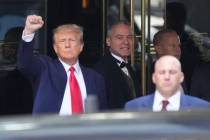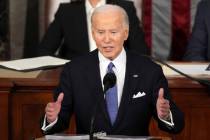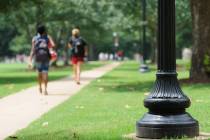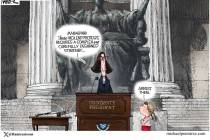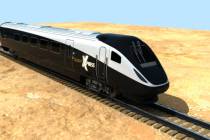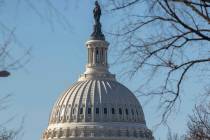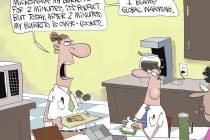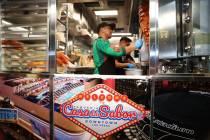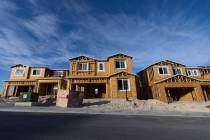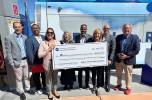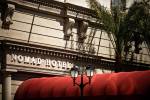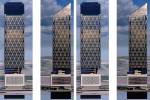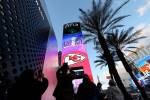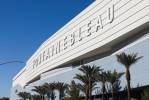EDITORIAL: Strip needs transit solution, but subway could dampen experience
There’s no place on Earth like the Las Vegas Strip. And that makes the already-challenging task of tackling Las Vegas Boulevard congestion unlike any transit problem anywhere.
On Wednesday, the Regional Transportation Commission of Southern Nevada released the draft of its Transportation Investment Business Plan, a document that amounts to a wish list of projects that would help ease congestion throughout the resort corridor. It’s the work product of 2½ years of meetings by a committee of transportation, government, gaming and industry leaders charged with imagining every possible improvement to get Las Vegas visitors moving faster.
Anyone who has tried to get around the Strip, whether by foot, car, cab or any other means, understands that Las Vegas Boulevard is at maximum capacity. During especially busy weekends, it can take 45 minutes to an hour to get from one hotel to another, between parking garage traffic jams, long cab lines and packed traffic lanes. The less time tourists and convention attendees spend trying to get somewhere, the more time they have to enjoy hotel amenities.
And the Strip is about to get even busier. A new arena, built by MGM Resorts International and AEG, will open next year behind the Monte Carlo. Resorts World Las Vegas has broken ground on the north Strip, and the Las Vegas Convention Center will expand west to Las Vegas Boulevard. UNLV might yet build an on- or near-campus stadium.
If visitors ultimately experience too much frustration getting around, they’ll be less likely to return. And the committee has no template to work from to make things better.
“One of the things we tried to do early on was find a mentor city that we could look to, to see how they addressed something similar,” RTC General Manager Tina Quigley said. “What we found out is there is not a single city in the world in terms of number of people they are moving between very concentrated destinations. We’re on our own at this point.”
The good news: The Strip’s density makes mass transit viable. The bad news: Mass transit costs megabucks.
Projecting costs and proposing funding is the next phase of the planning process. Some short-term ideas, such as building many more pedestrian bridges, are slam dunks. Funding a monorail expansion and Strip subway — two of the biggest ideas — would cost many billions of dollars alone. Some big asks are coming.
As transit officials try to move their big ideas to the drawing board, they’d be wise to remember that most visitors want to experience the wondrous sights of the Strip despite its congestion. Transit and infrastructure upgrades should not only preserve, but improve that experience by getting people where they need to go while allowing them to take in mile after mile of multibillion-dollar resorts. A subway, which can’t be ruled out without a cost estimate, would trade that experience for speed.








